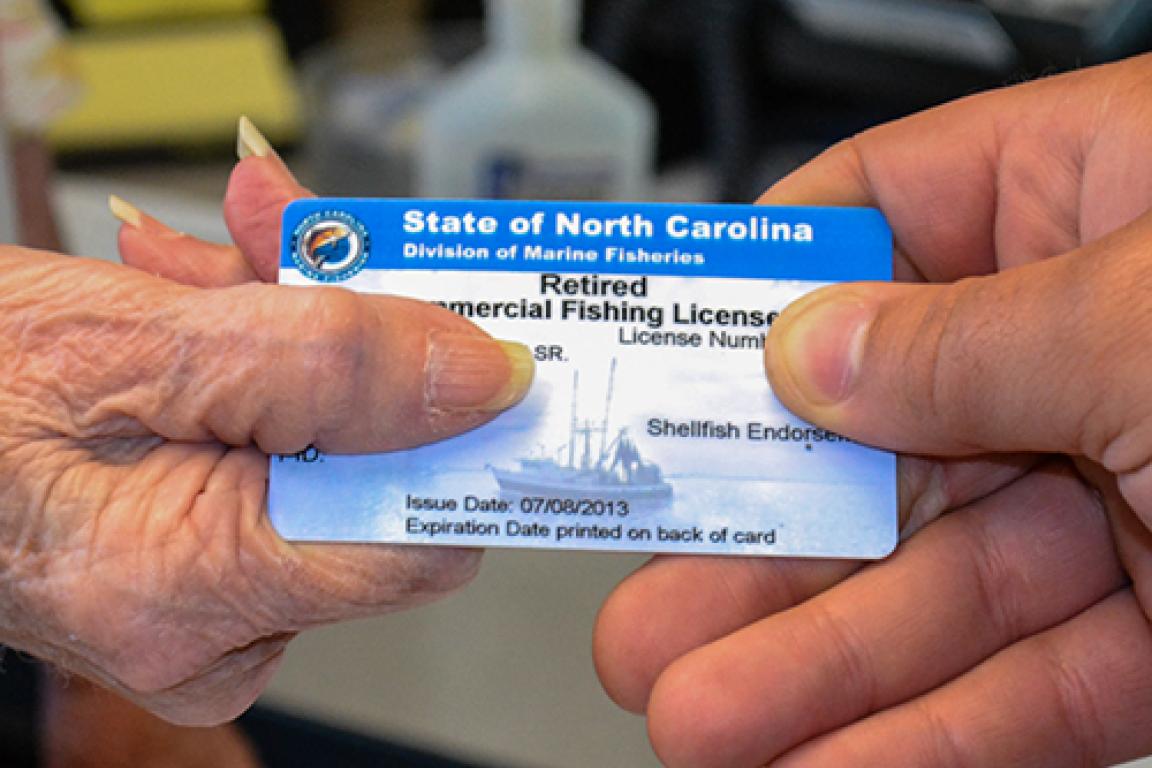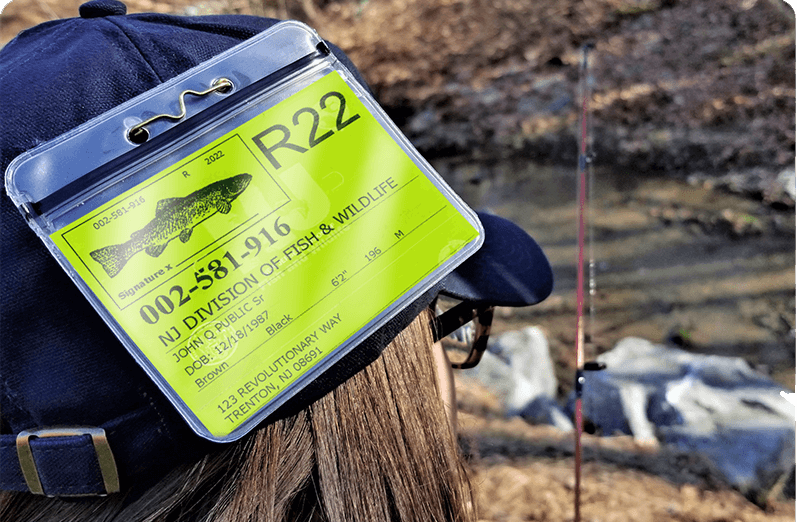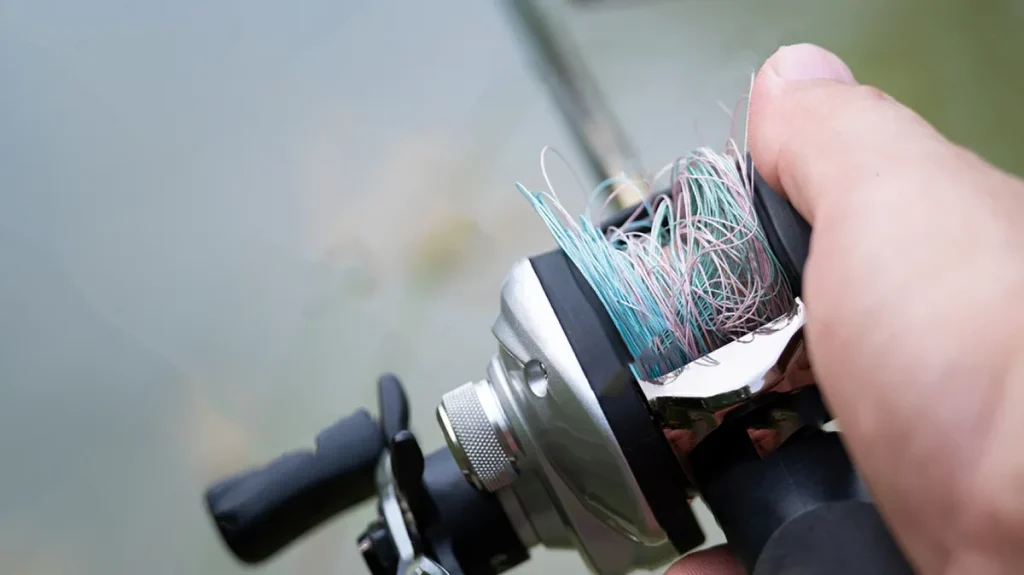Fishing Licenses in the US: Requirements, Costs, Benefits & How to Get Yours by State
Fishing’s one of my favorite ways to unwind and connect with nature. Whether I’m casting a line in a quiet lake or heading out to the ocean, there’s something special about the thrill of the catch. But before I pack my tackle box and head out, I always make sure I’ve got the right fishing license.
Getting a fishing license isn’t just a legal step—it’s a way to protect our waters and support conservation efforts. Rules and requirements can change depending on where I fish, so it’s important to know what I need before I go. Let’s dive into what fishing licenses mean for anglers like me across the US.
Overview of Fishing Licenses in the US

Overview-of-Fishing-Licenses-in-the-US
Fishing licenses in the US regulate access to both freshwater and saltwater locations. States issue these legal permits, and requirements differ between residents and non-residents. Most states offer daily, annual, and lifetime options, each with distinct fees and age exemptions. For example, resident youth under 16 in Texas and Florida don’t need a license, while adults must purchase one.
Licenses support fish and wildlife conservation, habitat restoration, and law enforcement. Agencies like the US Fish and Wildlife Service cite license purchases as a key funding source for management programs and education. States track license sales for planning and research, ensuring that anglers help sustain fish populations.
Reciprocal agreements exist between some neighboring states. These agreements allow licensed anglers to cross state lines in designated waters, like border rivers. Individual state regulations and qualifying waterways restrict these reciprocity rules.
Saltwater and freshwater fishing licenses often require separate purchases. States such as California and New York require different permits if I fish both inland waters and coastal areas.
Special licenses or stamps may apply to unique fishing activities. For example, states like Oregon require tags for salmon or sturgeon. Disabled veterans, seniors, and indigenous tribes sometimes receive exemptions or discounted rates. Each state agency website lists specific requirements and application steps.
Types of Fishing Licenses Available
Fishing licenses in the US come in several types, each tailored to residency, water type, and fishing activity. Choosing the right license depends on how, where, and how often I fish.
Resident vs. Non-Resident Licenses
Resident fishing licenses are typically less expensive and offer broader access than non-resident options. I qualify as a resident if I’ve established permanent residence in the state, meeting the state’s specific requirements—these usually include a defined period of living within state borders or holding military ties there. Non-residents, on the other hand, pay higher fees and often face limits on license duration, such as 1-day, 3-day, or 7-day licenses. For instance, California and Florida structure their pricing and access options around these residency rules, with non-residents paying more for short-term or annual fishing privileges.
Freshwater vs. Saltwater Licenses
Freshwater fishing licenses allow me to fish in lakes, rivers, and inland waterways, while saltwater licenses cover ocean and coastal areas. Some states offer combination licenses, granting me access to both environments with a single permit. Each type comes with its own set of rules that reflect the species and regulations specific to the water type. For example, having a freshwater license in Florida lets me fish for bass in lakes, while a saltwater license is required for targeting redfish in the Gulf. If I fish in both types of waters, combination licenses streamline my compliance.
Special Permits and Endorsements
Special permits and endorsements extend my access or privileges beyond standard licenses. These may be necessary if I want to fish for regulated species like steelhead, sturgeon, abalone, or lobster—states such as California mandate special report cards for these cases. Additional endorsements, like the Second Rod Validation, authorize me to use more fishing gear or access restricted waters. Some validations, including the Ocean Enhancement Validation, apply when fishing certain zones, such as south of Point Arguello in California. Keeping up to date through my state wildlife agency ensures I obtain all required permits for my specific fishing plans.
How to Obtain a Fishing License

How-to-Obtain-a-Fishing-License
Securing a fishing license in the US involves choosing an application method that fits my needs and providing the right information. I can get a license online, in person, or by phone, depending on what’s easiest.
Online Application Process
Applying for a fishing license online lets me visit my state’s official wildlife or natural resources website, fill out the digital form with my residency, age, and detailed information, then pay using a credit card. I usually get the license instantly, either by printing it or storing a digital copy on my phone for immediate use.
In-Person and Retail Locations
Applying in person gives me direct help from staff at locations like sporting goods stores, bait shops, big-box retailers, or government offices. I provide identification and pay at the counter. This method helps if I prefer discussing the process, want to support local businesses, or face issues with digital access.
Required Documentation and Fees
Completing my application requires showing proof of identity, residency status if I’m applying for a resident license, and, in some cases, proof of age or enrollment for special discounts or city/county permits. Fees vary by state, license type, and residency. For example, California charges about $20 for a one-day license and nearly $63 for a 10-day nonresident license. Extra charges might apply for special validations like ocean fishing or extra rods. Once issued, I carry my active fishing license whenever I’m fishing, since I may get checked by authorities or landowners.
State-by-State Differences in Regulations
Regulations for fishing licenses in the US reflect each state’s approach to managing resources and access. When I fish across state lines, I notice significant differences in license options, covered activities, and legal requirements.
Major Variations in Rules
License durations, covered species, and gear allowances change from state to state. Annual, multi-year, and lifetime licenses make up the common options, with some states offering special junior or senior rates. For certain fish like trout or salmon in states like Maine and Virginia, separate species-specific permits exist. I often bring multiple permits when targeting both freshwater and saltwater fish, as some states issue combination licenses while others issue separate ones for each type. If I use nets, traps, or other regulated gear, I follow additional permit rules that vary by state. Carrying my license is mandatory everywhere and I keep an electronic or paper copy ready for inspection. Federal permits only come into play for special instances, like certain federal waters or unique state-federal situations.
Reciprocity Between States
Fishing licenses remain state-specific, so I purchase a non-resident license when fishing outside my home state. Only a few states enter into limited reciprocity agreements—examples include some marine fishing rules between Maine and Virginia. These agreements allow anglers like me to fish certain shared waters, but most borders require a valid license from that jurisdiction. By checking updated state regulations before my trips, I avoid potential violations and unexpected restrictions.
Benefits of Having a Fishing License
Having a fishing license in the US gives me advantages that go far beyond legal requirements. It supports critical programs that keep fishing sustainable and protects natural resources for everyone who values time outdoors.
Conservation and Wildlife Funding
Fishing license revenue directly funds conservation efforts that sustain fish populations and healthy waters. When I buy a license, I finance fish stocking projects in lakes and rivers, habitat restoration in damaged waterways, and pollution control measures that benefit all aquatic species. My payments also make it possible for state agencies to carry out fish health monitoring and provide public education on waterway protection. Through license sales, the majority of state funding for these programs comes from people like me who fish, not from general taxes.
Legal Protection and Compliance
Holding a valid fishing license keeps me on the right side of state fishing regulations. My license means I’m fishing within the law, which prevents overfishing and protects habitat for the long term. Wildlife officers use license fees to patrol fishing areas, enforce rules, and educate anglers about bag limits and seasons. Regulations tied to my license keep fishing pressure in check, reducing the risk of depleted stocks and environmental damage. With these protections, I trust that my fishing opportunities remain secure, provided I respect the guidelines that come with my license.
Common Challenges and Issues

Common-Challenges-and-Issues
Fishing licenses in the US present several ongoing challenges for anglers and agencies. Two main issues involve enforcement of licensing laws and increasing public awareness about regulations.
License Enforcement
License enforcement often creates significant obstacles for wildlife agencies and law enforcement. Officers conduct patrols and random checks to catch unlicensed fishing activity, as this helps protect fish stocks and aquatic habitats across thousands of lakes, rivers, and coastal areas. Monitoring vast territories remains difficult, particularly in regions where federal and state laws overlap or in commercial fisheries with complex multi-jurisdictional rules. Unlicensed fishing risks depleting resources, yet consistent enforcement across all public waters remains a persistent issue.
Awareness and Education
Awareness and education matter for compliance with fishing regulations. Many anglers overlook license requirements or don’t understand permit types for their state or fishing location. Agencies and conservation groups invest in outreach programs and educational campaigns to fill these knowledge gaps. Effective education explains license rules and links them to fish conservation, ethical angling, and habitat protection. Funds from fishing licenses support these outreach efforts, promoting stewardship and reinforcing the importance of licensing for sustainable fisheries management.
Conclusion
Fishing has given me countless memorable moments and a deep appreciation for our waterways. Making sure I have the right fishing license is a simple step that goes a long way in protecting these experiences for everyone.
By staying informed and following the rules, I help support conservation efforts and ensure that future generations can enjoy the same outdoor adventures. It’s a responsibility I take seriously every time I head out with my rod and reel.
Frequently Asked Questions
Do I need a fishing license to fish in the US?
Yes, most states in the US require a fishing license for both residents and non-residents to legally fish in public waters. Check your state wildlife agency’s website for specific rules and any exemptions.
What types of fishing licenses are available?
You can typically choose from daily, annual, or lifetime licenses. There are separate licenses for residents and non-residents, and often different licenses for freshwater and saltwater. Some states also offer combination or special permits.
How does a fishing license support conservation?
Fishing license fees help fund fish stocking, habitat restoration, law enforcement, pollution control, and conservation programs that protect fish populations and aquatic environments.
Are there age exemptions for fishing licenses?
Yes, many states exempt children under a certain age (often under 16) and may provide discounts or exemptions for seniors, disabled veterans, or other specific groups.
Can I use my fishing license in other states?
Most states require a license from their own jurisdiction, but some have reciprocal agreements allowing licensed anglers to fish in shared waters. Always verify the rules before you fish in another state.
What documents are needed to get a fishing license?
You’ll usually need proof of identity and, for resident licenses, proof of residency. Requirements may vary, so check your state agency’s website for details.
Where can I buy a fishing license?
Fishing licenses can be purchased online through state wildlife agencies, in person at authorized retailers (like sporting goods stores), or sometimes by phone.
What happens if I fish without a license?
Fishing without a required license can result in fines or other penalties. Law enforcement officers can check for your license while you are fishing.
Do I need a separate license for saltwater and freshwater fishing?
In many states, yes. Separate licenses are often required for freshwater and saltwater fishing, though some states offer combination licenses covering both.
Why is carrying my fishing license important?
You must carry your valid fishing license while fishing, as authorities or landowners may ask to see it. Not having it can lead to penalties.
Are there special permits or stamps I might need?
Yes, some states require additional permits or stamps for certain activities, like catching specific species or using special equipment. Check your state’s regulations for requirements.
How much does a fishing license cost?
Fees vary by state, length of license, and residency status. For example, a basic annual fishing license might cost around $15–$50 for residents and more for non-residents.
Where can I find detailed license requirements for my state?
Visit your state wildlife agency’s website for the most accurate, up-to-date information on fishing license types, fees, and regulations.
What if I’m unsure about the fishing license rules before my trip?
It’s essential to check the latest regulations on your state’s wildlife agency website, as rules and requirements can change frequently.
